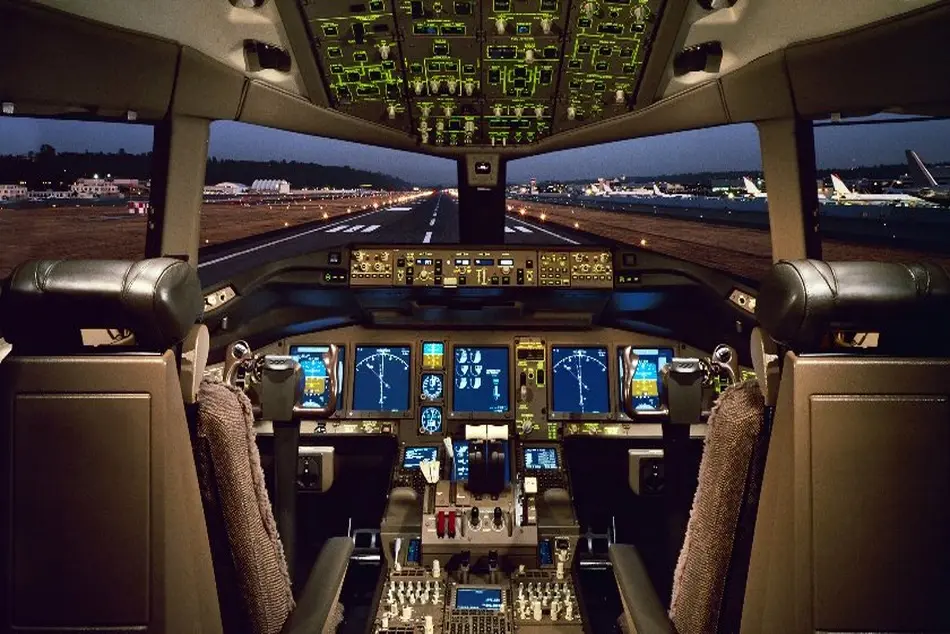FAA Updates EFB Guidance, Introduces Greater Flexibility

FAA, responding to industry input seeking both harmonization with international standards and simplification for operators, has released a major update of its electronic flight bag (EFB) guidance for operators.
The new Advisory Circular (AC), 120-76D replaces one issued just three years ago. But the pace of technology is evident in the new AC’s content.
The new guidance gives industry much more freedom to manage EFBs “with significantly less FAA involvement,” the agency explains in a statement. The AC simplifies the definition of an EFB as “any device, or combination of devices, actively displaying EFB applications.”
FAA, following the International Civil Aviation Organization’s lead, has eliminated guidance that divides EFBs into classes. Instead, EFB applications are classified as either Type A or Type B, and can be hosted on either portable equipment, such as tablets, or installed hardware.
Type A applications do not require “specific authorization for use, FAA explains, and their failures do not have any safety effect on operations. Examples include parts lists, minimum equipment lists, and service bulletins/airworthiness directives.
Type B applications are more critical, carrying a “minor” safety effect if they fail. Most manuals and aircraft performance calculations—key documents that guide flight crews on the aircraft’s operation and limitations—are in this category.
FAA made what it deems two “significant” changes based on industry input. The agency now permits own-ship display functionality in flight under certain conditions. Before, own-ship display functionality was only permitted on the ground. The agency also lifted the requirement to see FAA principal inspector (PI) approval for many routine EFB application changes.
The new AC lists Type A and Type B EFB applications. The previous version of the AC listed “examples” of Type A and B EFB applications requiring PI authorization for use.” The AC was issued Oct. 27 and is in effect.



